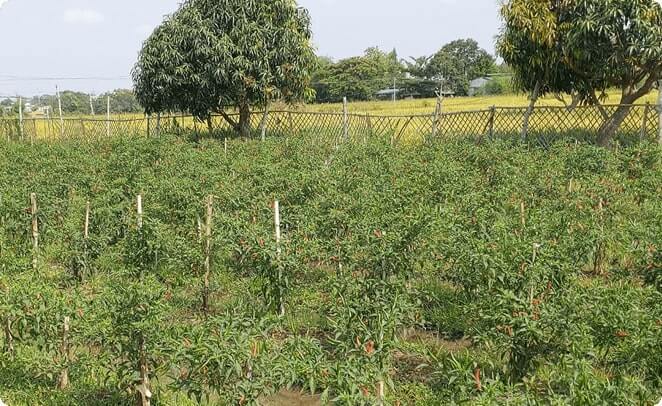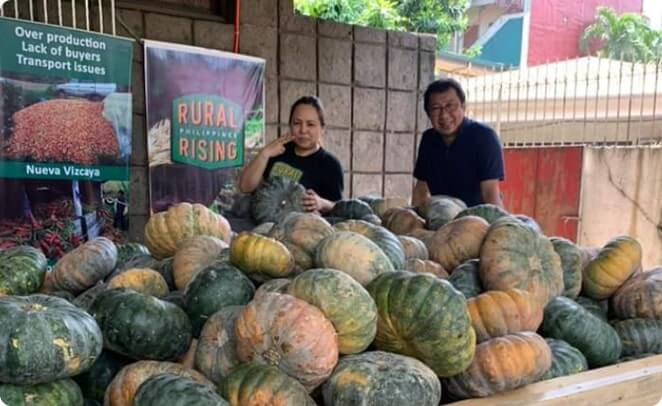Shared Vision,
Mutual Accountability
In low-income countries such as the Philippines, investment in agriculture has been proven to have a greater impact on poverty reduction than in any other sector. This is because it offers the most direct way for rural workers to benefit from their main assets: land and labor.
Development cooperation focusing on rural development is a very important component for poverty reduction for the following reasons:
- Over a third of the rural inhabitants in the Philippines are poverty-stricken.
- Urban poor are mainly migrant workers and farmers who came from rural areas.
- Improved rural areas present a safety net against the lack of job opportunities in cities.

Farmers have to contend with a general dearth of resources or knowledge to invest in the land, inability to effectively cope with conflicts and climate change, reluctance to embrace new technologies that would unlock new markets that would boost their productivity and income.
To achieve a realistic and sustainable country-wide development, the agriculture sector must build on the efforts of the government and strengthen its programs simultaneously deliver food security, environmental sustainability, and economic opportunity through a coordinated effort by all stakeholders.
Approaches
to Rural Sustainability

Holistic
Integrating full value chains that benefit all players in the agricultural system
Learn More about Rural RisingWhat's New
at Rural Rising
We receive a recognition
Find out how our pioneering work got recognized and awarded at the Ginebra Ako Year 4 Awards. Learn more about what this means for Rural Rising and all farmers across the country.
An Angel visits the farmers of Licab
Follow Rural Rising’s inspiring story of how they joined forces with Angel Locsin to bring aid and hope to the farmers of Licab. See how you can get involved and make a difference now.
Preserving amazing earth and vital water:
Learn how Rural Rising works with the local government and other key stakeholders to help farmers and their communities in Mt. Mingan preserve their vital water source and protect the environment.




